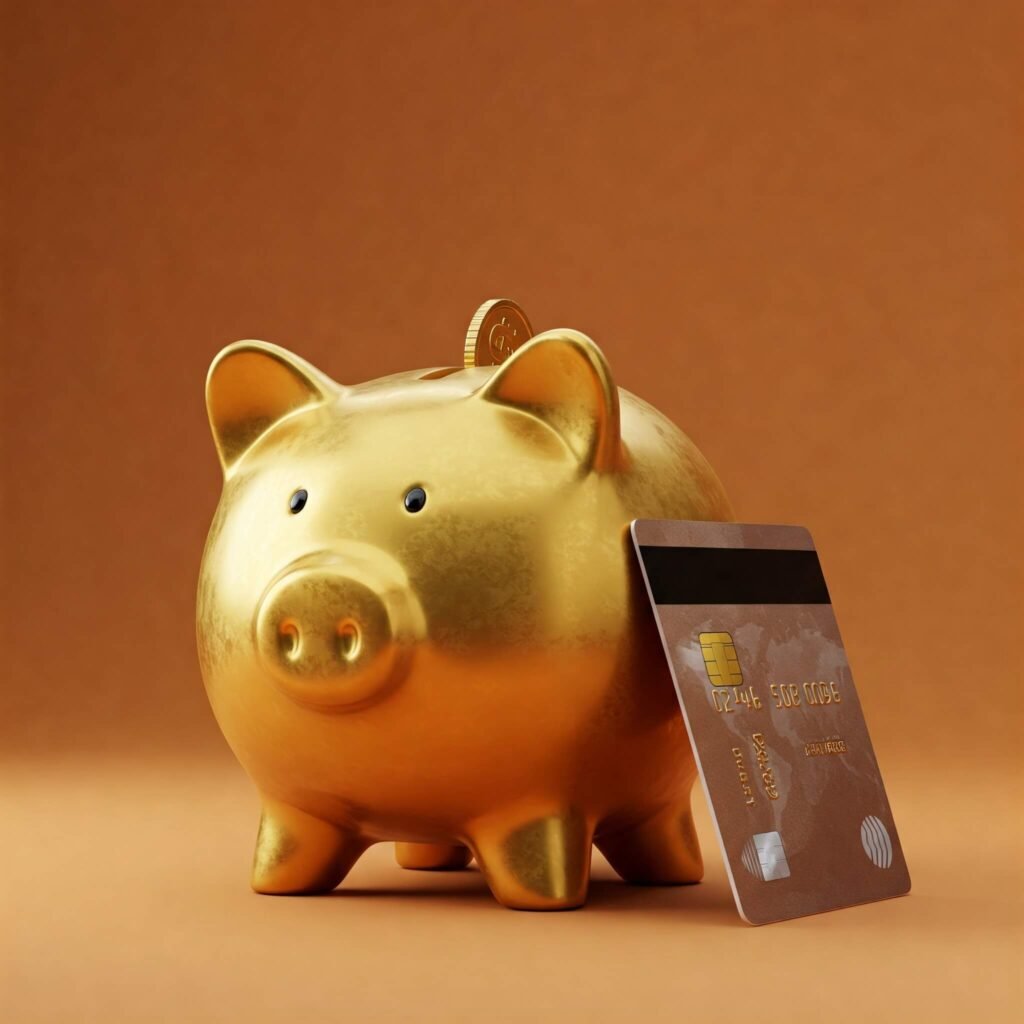I’m at a South Beach café, dodging influencers and scrolling X, when I see a post about starter credit cards – getting a credit card with no credit history is a vibe. I applied for a fancy Visa, thinking I’d be ballin’, but got a rejection email that hit harder than a hurricane. Nerd Wallet says you can start with secured cards, but I was too proud to try one at first – dumb move. Big banks like Discover offer beginner cards, but Forbes notes you gotta prove some income. Getting a history feels like a cheat code, but I’m torn – I want that card but hate the hoops. Like, seriously, why’s this so tough?

Why Secured Cards Are Key for a Credit Card with No Credit History
Diving into getting a credit card with no credit history, secured cards are like the training wheels of credit. I finally got a Discover secured card with a $200 deposit, feeling like a budget boss, until I realized I couldn’t splurge ‘cause it’s my own cash. Investopedia explains secured cards build credit by reporting to bureaus, which is clutch for newbies like me. I bragged to my roommate about my “credit glow-up,” then forgot to pay on time and got a late fee – classic me. Building credit from scratch with secured cards is legit, but I’m learning while sweating through my tank top, wondering if I’ll screw it up again. It’s this mix of “yay, progress!” and “ugh, I’m a mess!” that keeps me up. Outbound links: Credit Card Comparison: Find the Best Card for Your Spending Habits
My Dumb Mistakes Trying
Man, getting a credit card with no credit history exposes my worst fumbles. I applied for three cards in one week, thinking more apps meant better chances, then learned from CNBC that hard inquiries tanked my score before I even had one – I was shaking, checking my email in a humid laundromat. My contradictory vibe? I want instant approval but keep rushing like a fool. Tip from my mess: apply for one card at a time and chill. Don’t be me, spamming applications while chugging Cuban coffee at 2 a.m. Outbound links: Credit Card Comparison: Find the Best Card for Your Spending Habits

Why Income Proof Matters for a Credit Card with No Credit History
Zooming in on getting a credit card with no credit history, showing income is a big deal. I’ve been obsessively checking my bank app from my balcony, with Miami’s ocean breeze mocking my broke vibes. CNET says you need pay stubs or bank statements to prove you can pay, even for starter cards. I sent a blurry W-2 scan once, thinking it was fine, then got rejected for “incomplete docs.” My advice? Get your paperwork tight – it’s like prepping for a job interview.
Looking Ahead: History in 2025
Peering into the future, getting a history has me cautiously stoked, scribbling notes while palm trees sway outside my window. Bankrate notes that banks are loosening up for newbies with better starter offers in 2025.I’m dreaming of a solid credit score, but scared I’ll botch it with another dumb move. Getting a history is getting easier, and I’m ready to level up, even if my bank account’s whimpering.

Tips for Scoring a Credit Card with No Credit History
Here’s my shaky playbook for building credit from scratch:
- Try secured cards: Discover worked for me – low deposit, big impact.
- Show income: Have pay stubs or bank statements ready.
- Apply smart: One app at a time to avoid inquiry dings.
- Stay informed: Check NerdWallet for starter card picks.
Anyway, that’s my raw take on getting a credit card with no credit history – messy, human, and full of my screw-ups. I’m just trying to build credit while dreaming of financial flexes. Got credit tips or rejection stories? Hit up Forbes for more or drop a comment – let’s swap tales over virtual mojitos.
Outbound links:



